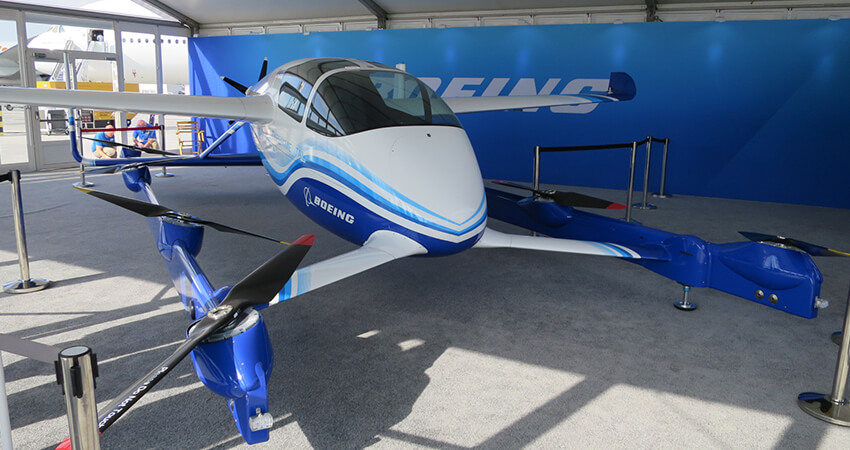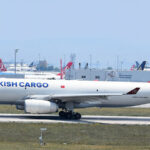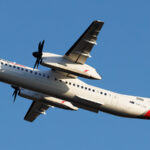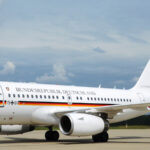In the quest for innovative transportation solutions, the aviation industry has witnessed a significant advancement in the development of EVTOLs (Electric Vertical Take-off and Landing aircraft). What might have seemed like science fiction is now a reality and promises to become even more so.
These aircraft, designed for vertical takeoff and landing, could bring about a substantial change in urban air mobility. They are not so much intended to replace traditional airplanes but rather to complement them. For shorter distances, they can be extremely practical and offer an electric mobility solution. This is even clearer in the case of cargo transportation. Cargo planes face logistical complications when coordinating their movements with other entities. Could EVTOLs resolve this issue? Undoubtedly, they present an opportunity to make deliveries more efficient and to transport goods to airports more rapidly.
EVTOLs: From Science Fiction to Reality

EVTOLs are aircraft with the capability of vertical takeoff and landing. Like something out of science fiction, they possess a significant advantage: these electric mobility solutions do not require conventional runways.
Furthermore, they employ electric propulsion systems or distributed electric motors instead of internal combustion engines to achieve this. Their versatility and sustainability make them an attractive option for urban mobility, helping alleviate urban traffic congestion. In contrast to helicopters and similar devices, the use of electricity reduces noise, making them a less noisy and possibly less environmentally disruptive air mobility solution, addressing two of the most significant challenges faced by other aircraft.
Applications and Benefits

One of the primary benefits of EVTOLs is their ability to address urban congestion problems through electric mobility. They can take off and land at urban heliports or specially designated platforms, providing fast and efficient access to densely populated areas.
This could also present a significant opportunity for cargo transport. On one hand, it could simplify the transport of perishable or delicate cargo, such as vaccines or medicines, bypassing urban traffic. On the other hand, it can enable remote and poorly connected areas to transport delicate products quickly to airports, avoiding road difficulties, as might be the case with high-quality agricultural produce like flowers.
Like other electric vehicles, EVTOLs can also reduce carbon emissions and improve air quality. This is especially crucial in urban areas where their use eliminates emissions from engines. This is vital at a time when sustainability is a global priority. One city actively developing such projects is São Paulo, Brazil. With the creation of a drone hub, the most thriving city in Latin America could potentially address some of its mobility issues with these systems. It could also improve communication between its airports, Guarulhos and Congonhas, both with the city center and with each other.
A Growing Sector

Many companies and startups in the industry have been developing prototypes and production models, with some even conducting successful test flights. For example, Boeing, the world’s largest aircraft manufacturer, is working on a prototype for market launch.
In this regard, research and development are well underway. Optimizing the aerodynamics and efficiency of EVTOLs is essential for achieving optimal performance. Research is being conducted on wing design, electric propulsion, and energy management systems to enhance efficiency and range.
On the other hand, making EVTOLs mainstream requires several changes, with infrastructure development being a standout. This includes the establishment of urban heliports for takeoff and landing, as well as charging stations essential for the proper functioning of these devices.
A seemingly minor but critical element is regulation. If these experiments are to lead to viable commercial projects, regulators and safety agencies must establish specific standards to ensure the safety of operations.
Equally important is public acceptance of EVTOLs. Despite their appeal and impressive advanced technology, gaining trust in this type of aircraft for transporting valuable cargo can be a challenge, especially when it comes to passenger transportation. Safety must be a clear priority in their proposition. Moreover, pricing must align with the set objectives: implementing a more or less widespread solution is one thing, and delivering a product solely intended for a very select group is quite another.










